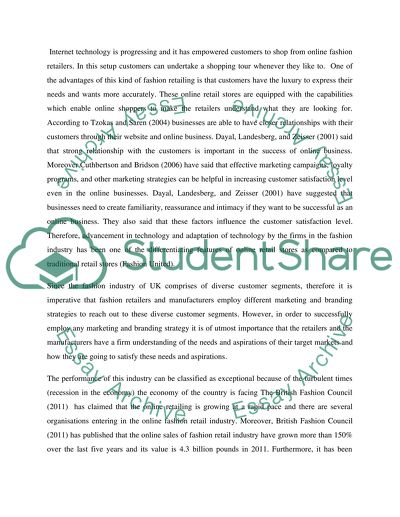Cite this document
(“United Kingdom fashion retailers' strategies of internet branding Dissertation”, n.d.)
Retrieved from https://studentshare.org/marketing/1398783-united-kingdom-fashion-retailers-strategies-of
Retrieved from https://studentshare.org/marketing/1398783-united-kingdom-fashion-retailers-strategies-of
(United Kingdom Fashion retailers' Strategies of Internet Branding Dissertation)
https://studentshare.org/marketing/1398783-united-kingdom-fashion-retailers-strategies-of.
https://studentshare.org/marketing/1398783-united-kingdom-fashion-retailers-strategies-of.
“United Kingdom Fashion retailers' Strategies of Internet Branding Dissertation”, n.d. https://studentshare.org/marketing/1398783-united-kingdom-fashion-retailers-strategies-of.


